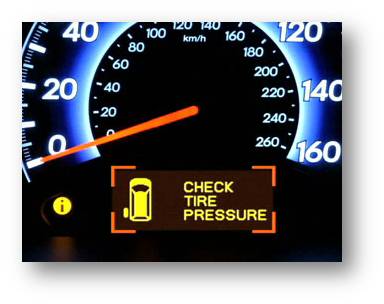
Improved Tire Pressure Monitoring
Tire Pressure Monitoring Systems have been mandated in all cars sold in the U.S. since September 2007. Most systems use a wireless radio frequency signal to communicate the tire pressure from sensors inside the wheel to a receiver centrally located in the vehicle. The sensors are powered by batteries that eventually wear out, so the amplitude of the transmitted signal is minimized in order to conserve power. Unfortunately, this has resulted in unreliable communication and it is not uncommon to lose communication with the sensors resulting in a false low-pressure indication. Clemson researchers developed a better way of sending RF signals from the wheels to the vehicle to conserve power and improve communication. This technique also has other applications related to wireless communications within a vehicle. Another result of this project was improved methods for modeling antennas embedded is complex, lossy materials (e.g. tires). Publications
|
|
|